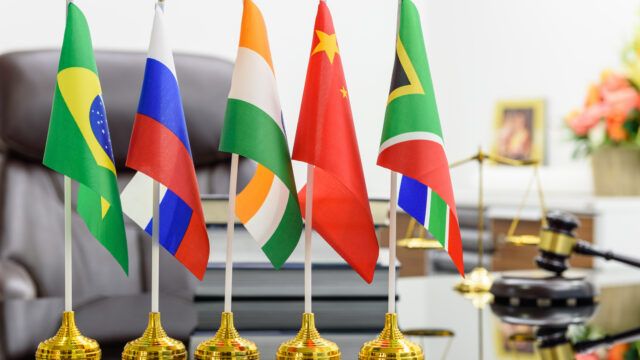Goldman Sachs Asset Management upgraded the view on emerging market debt in local currency from a year ago, according to its yearly outlook report.
“Despite possible policy shocks from the incoming US administration, the initial conditions supporting emerging market assets in 2016 remain in place. These include continued demand for high yielding assets, a cyclical uplift from improving emerging market growth, improved currency reserve coverage and supportive valuations,” the firm said.
Carl Shepherd, fixed-income portfolio manager at Newton Investment Management, a boutique under BNY Mellon, added: “Inflows have been particularly strong in the hard currency space for EM in 2016. If the US Fed remains reasonably dovish in 2017 and commodity prices hold up, then I expect flows to remain robust but with a greater allocation to local currency debt.
“The last commodity downturn had a weakening effect on EM currencies, even as future inflation expectations increased. Therefore we could expect another round of domestic rate increases to counter this – which would result in yields rising and therefore prices falling,” he continued.
Rajeev de Mello, Schroder Investment Management’s head of Asian fixed income, had a similar view: “Asian corporate bonds have had a very strong year, supported by reduced net supply and a constant investor appetite for yields above deposit rates. At current spreads, corporate bonds seem expensive. So, from a valuation perspective, we are looking for higher yields before substantially increasing our Asian bond exposure.”
Global trade issues
One big concern for emerging markets is a possible tougher line on trade policies with the aim of favouring the US, something promised by president-elect Donald Trump.
“Emerging economies that have benefitted from global trade are likely to see growth headwinds, notably in China and Mexico. In Mexico, where the economy has already shown signs of slowing, trade uncertainty acts as another headwind,” GSAM noted.
“China could look to partially offset US tariffs by allowing its currency to depreciate more quickly. Chinese currency depreciation has been a source of market volatility in the past, but unless a full-scale trade war breaks out, currency-driven volatility would likely be temporary.”
Schroders’ de Mello, meanwhile, believes political risks in the coming year could present some opportunities: “We expect opportunities to exploit market movements around the various policy announcements and upcoming European elections.
“We will target entry levels to increase exposure to Asian bond duration and Asian currencies which we will adjust based on the scope, magnitude and speed of implementation of new US policies,” he said.

















